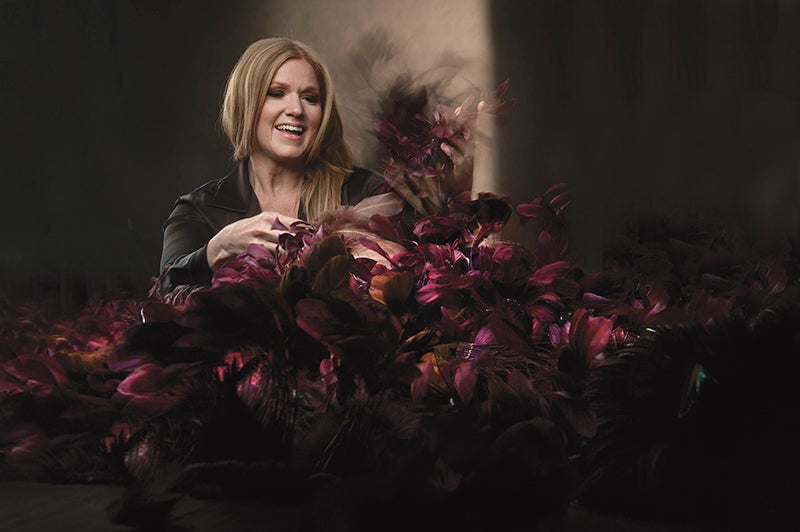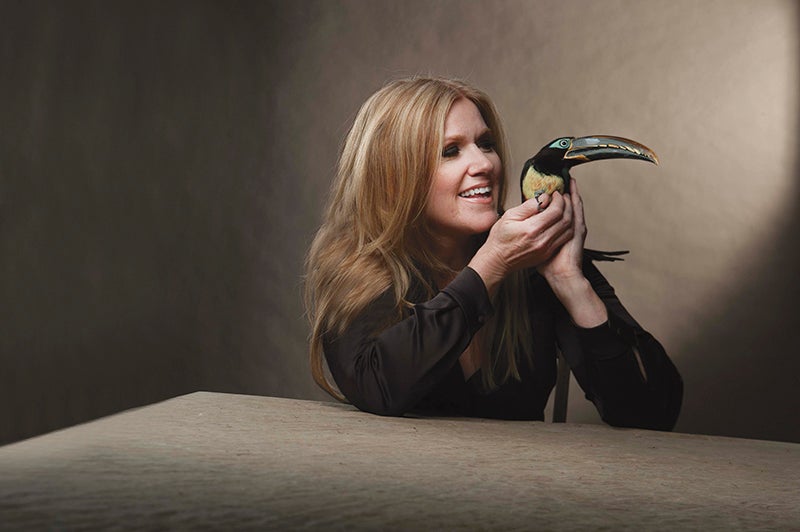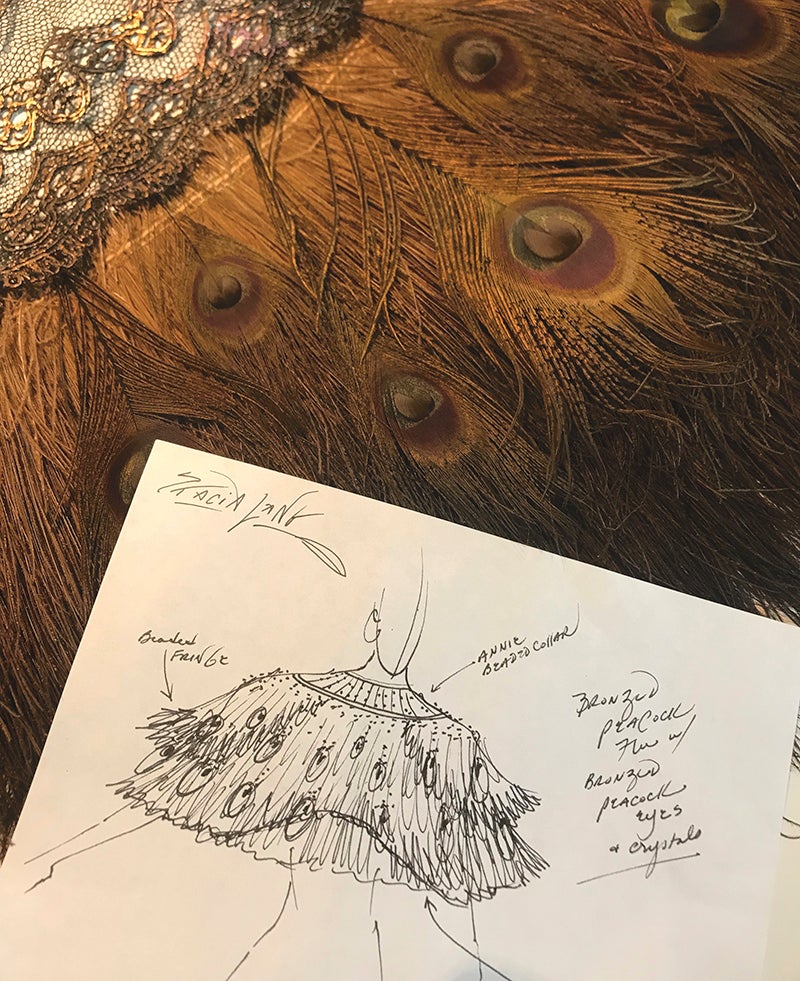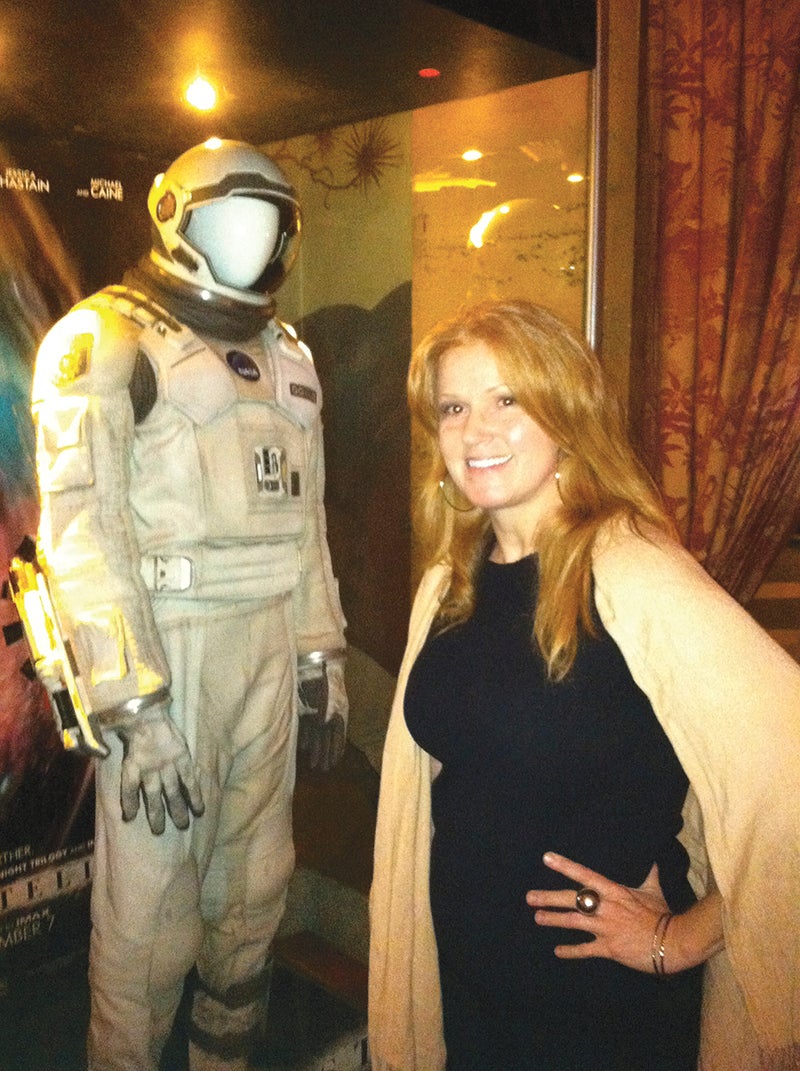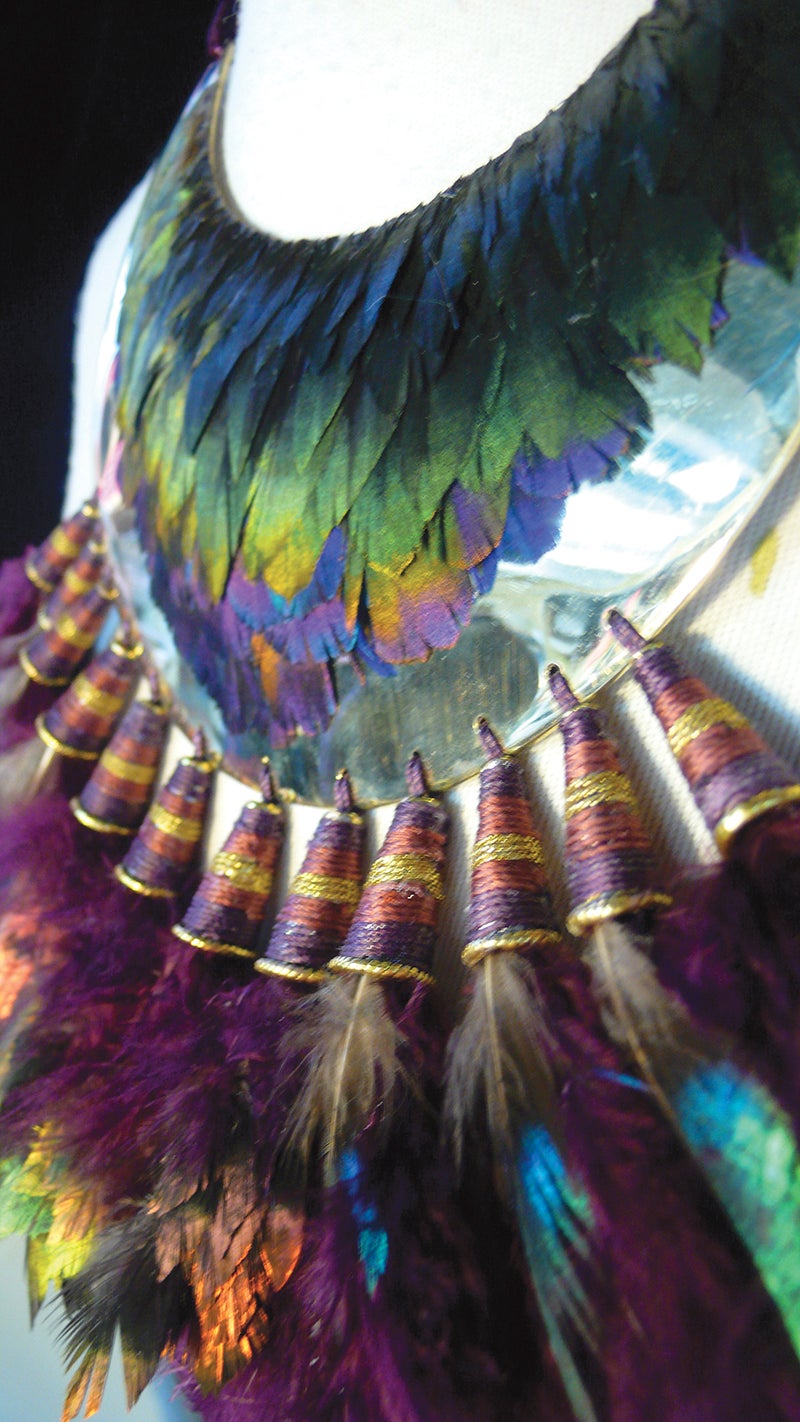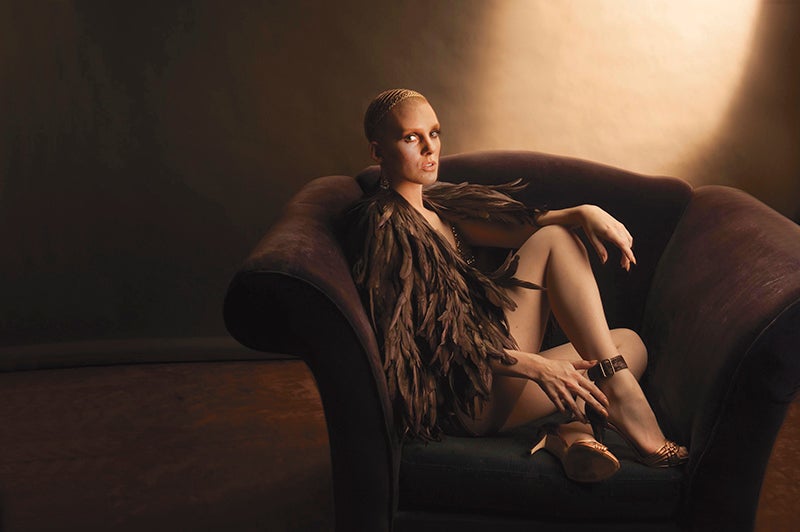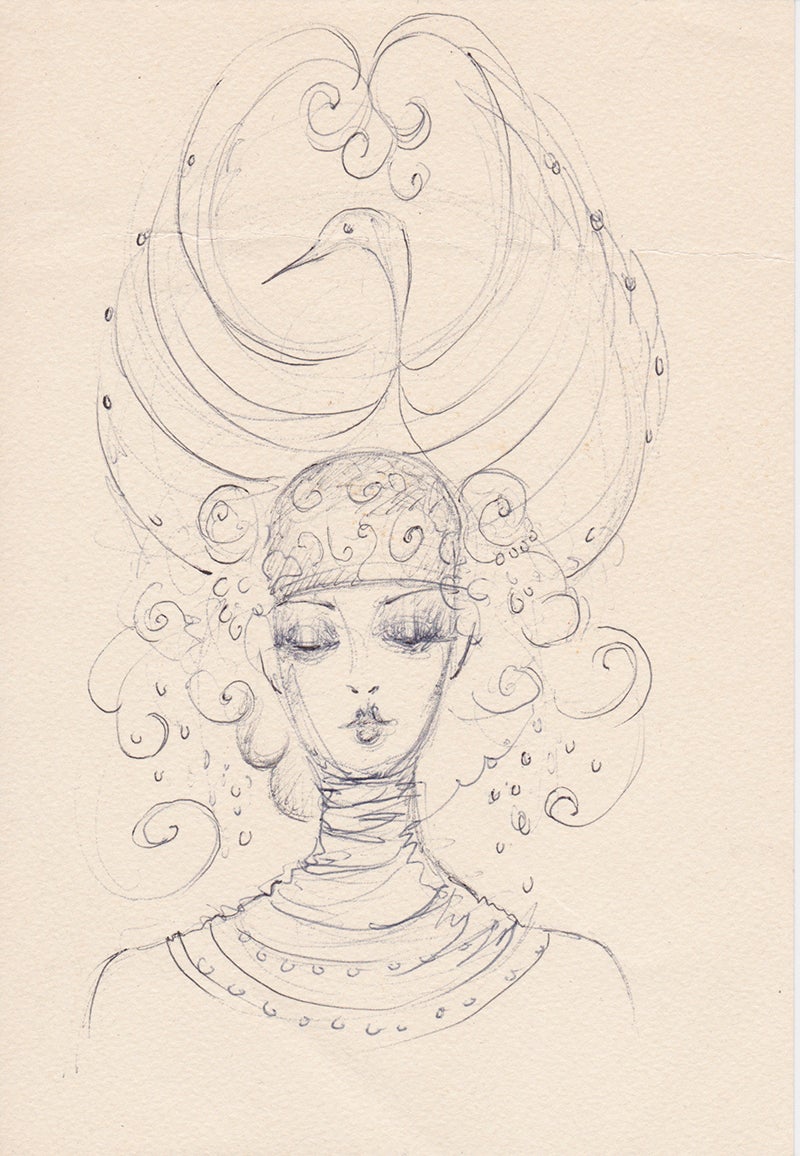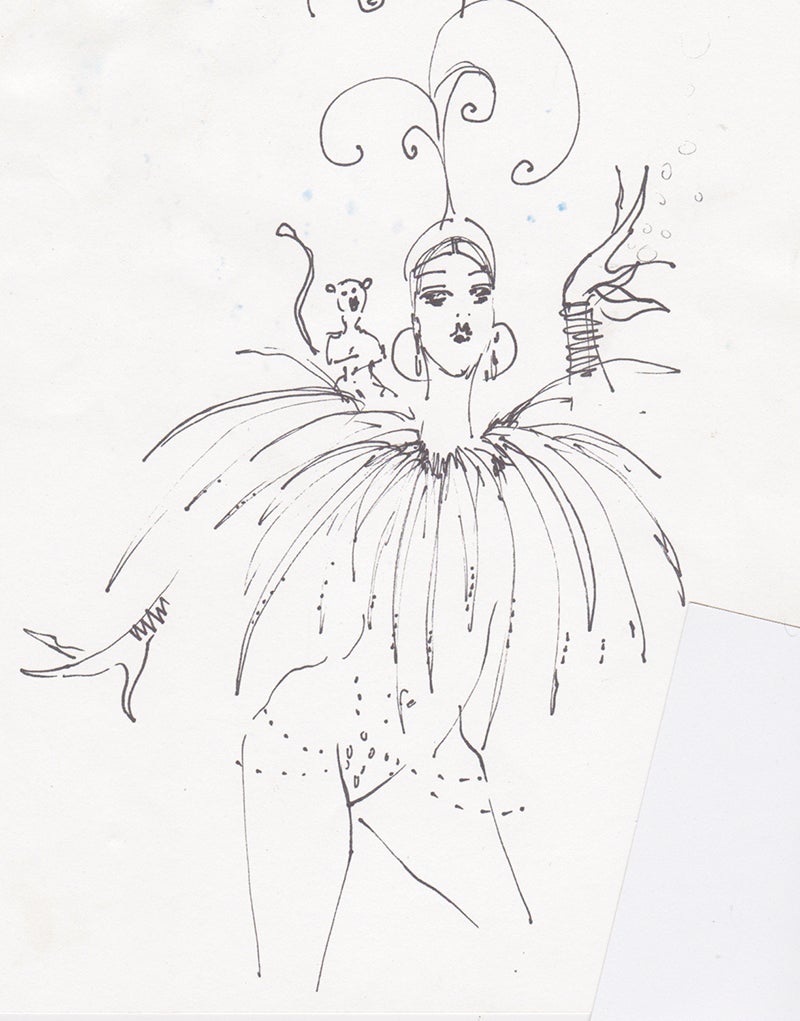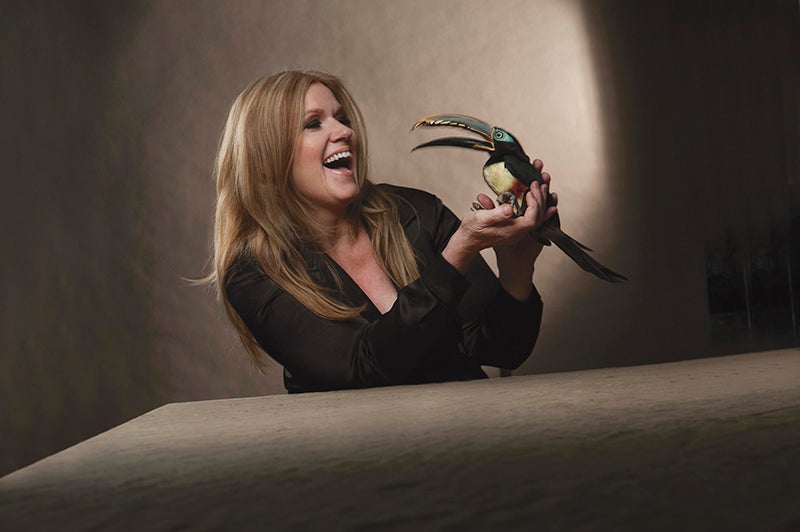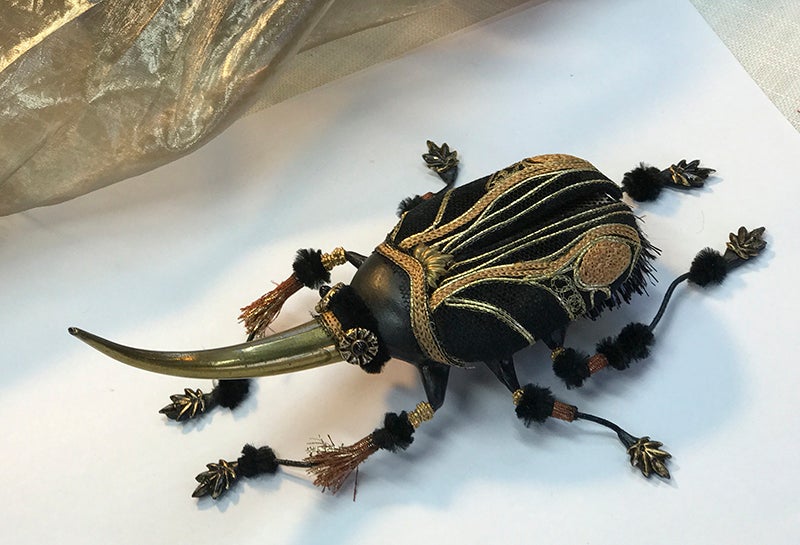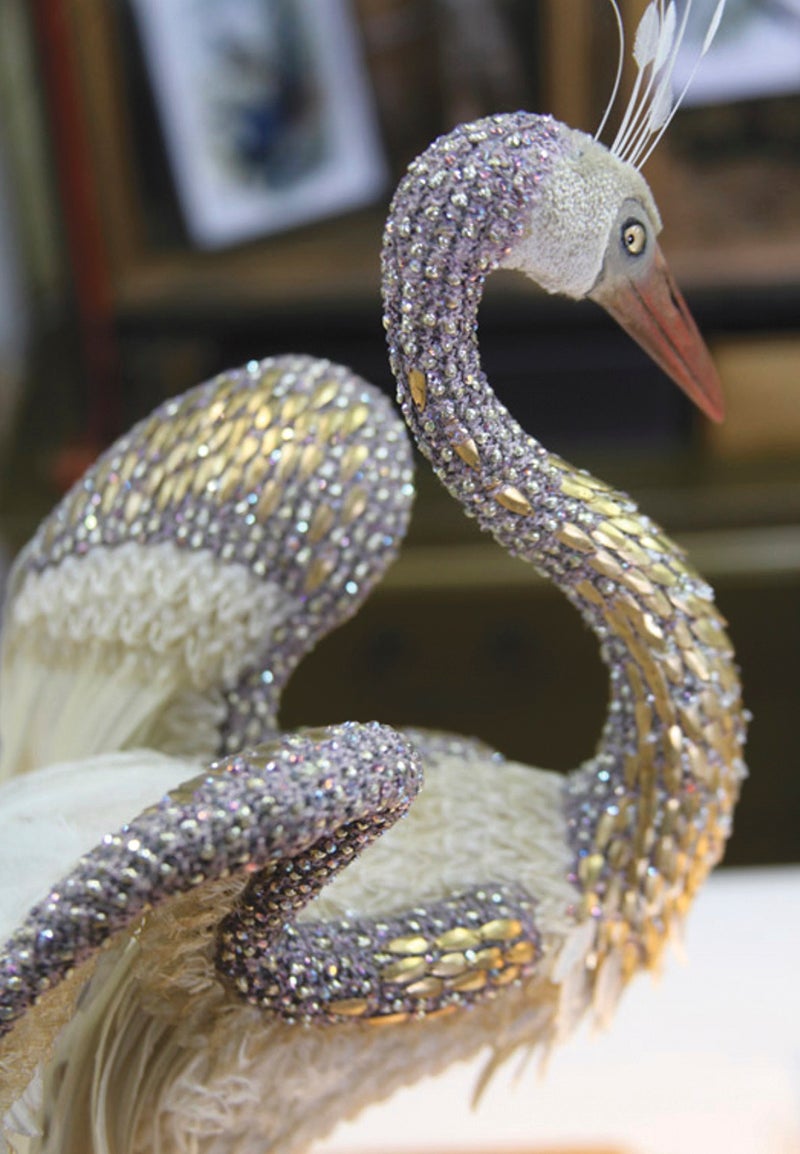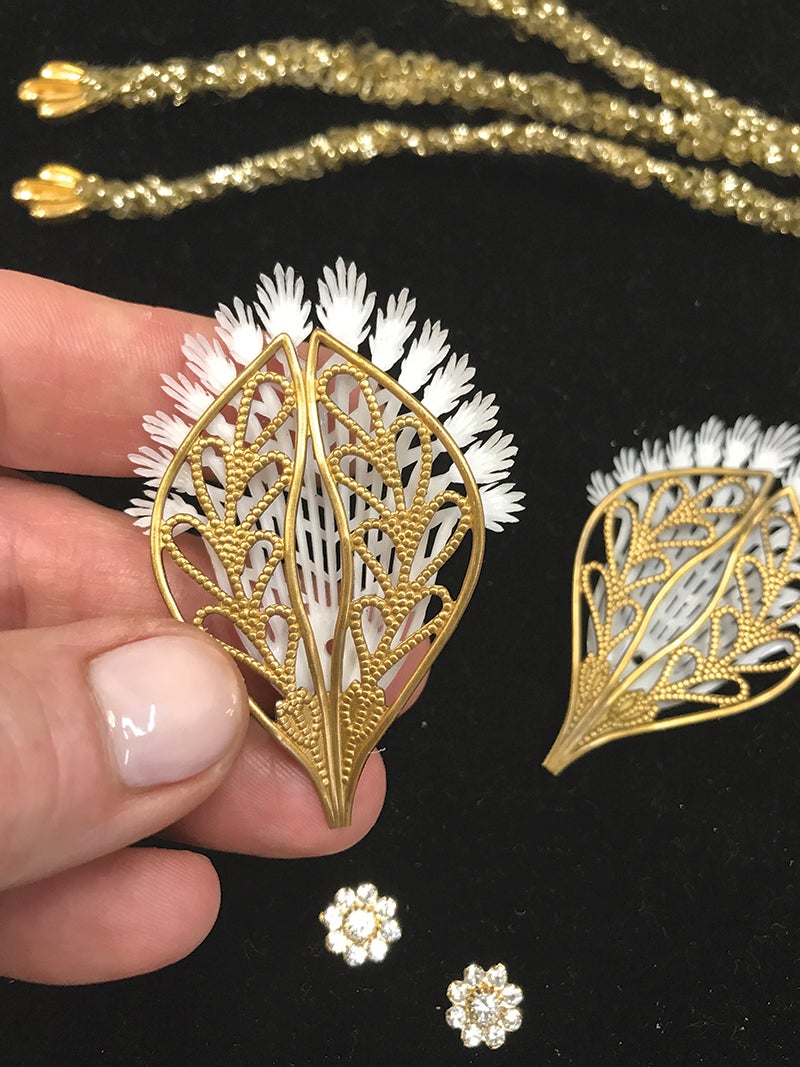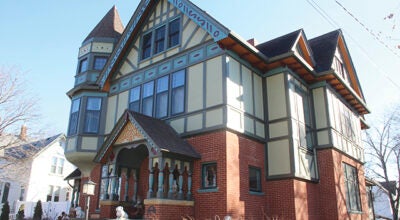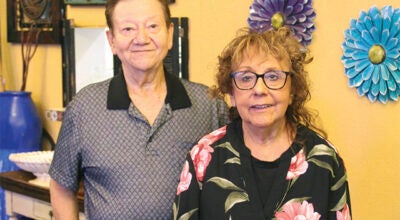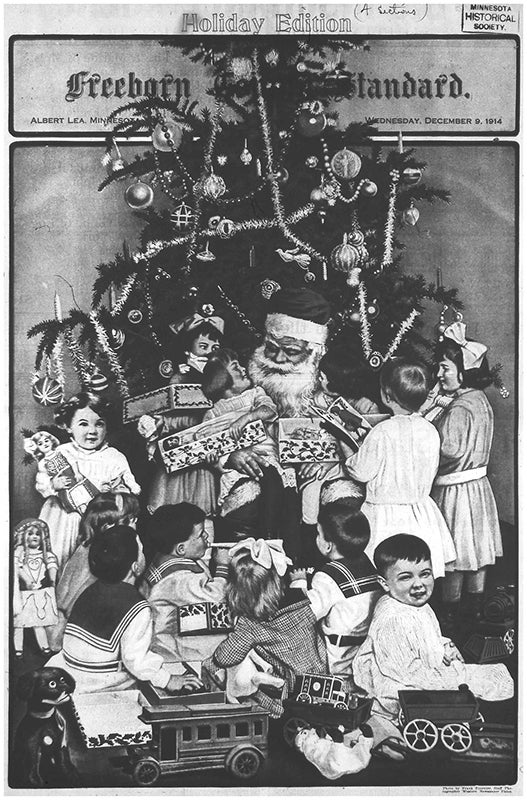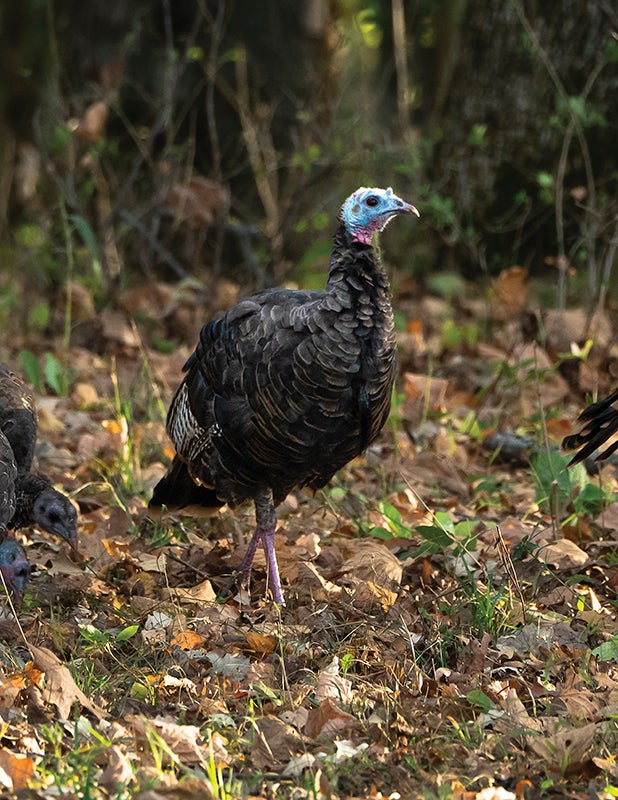A stitch in time
Published 8:53 pm Wednesday, March 20, 2019
Albert Lea-raised designer, costumer reflects on career
Before a former Albert Lea woman was building shin guards for Jason Momoa, she was clothing women in champagne bubbles.
Stacia Lang, daughter of long-time Albert Lea residents Neil and Barb Lang, works as a specialty costume keyperson, among other roles, in Los Angeles. Her hands have built and her eyes have overseen costume production in over 30 blockbuster feature films, including recents “Thor: Ragnarok,” “Aquaman” and “First Man.”
Lang also did a three-year stint working for Prince, for two years as his designer.
She has been around the block. And it’s taught her a few things.
“I realize that entertainment is so powerful,” she said. “So I do appreciate now, more than ever, you know, the work. Looking back on 30 years of work or whatever, it seems all worthwhile.”
That, and how to stitch up a mean spacesuit.
Throughout the 1980s, Lang worked at several Broadway houses, lasering in on specialty costuming through work with studios like Martin Izquierdo. It was there she had to figure out what plastic bubbles to sew onto nude net costumes for women resting in champagne glasses.
“There was always some, you know, really thrilling and fun stories for us to hear from her,” her mother, Barb Lang, said of this time.
Stacia Lang has done many things between then and her work now with major Hollywood studios to costume superheroes and spacemen, but her time with Broadway has retained its applicability.
“Coming back to Los Angeles and knowing that I wanted to be in the film industry, I felt that I was very prepared to do specialty costuming because of my preparation in New York,”she said.
Take gloves, for example. Lang did a pair of textured, veined ones for a Broadway production of “Into the Woods.” Now, it is a thing she is known for.
“I’m a glove person,” she said. “I love doing gloves, and I get called for gloves a lot.”
So, in addition to research and development, Lang did the boots, shin guards and gauntlets for Amber Heard and Jason Momoa in “Aquaman.”
Much of her recent work has her filling the role of specialty costume keyperson.
“I work directly with the designer and a lot of people to bring these costumes to life,” she said.
Working with the designer, she plans how costume designs will be executed. She translates designs into reality by conducting research and development on what methods and materials will work, finding the right crew and vendors for costume production and fitting actors.
Sometimes, with costumes like the council members in “Man of Steel,” she gets to play with wire work. She also did wire work for Stan Lee’s cameo costume when he appeared in “Thor: Ragnarok.” She went to his home to fit him into it, she said. For that costume, it was also about making sure it was lightweight and wearable for his body and abilities.
Lang needs to have knowledge on all methods used within and outside of the shop.
“It’s pulling everything together and marrying all of the elements into the costume,” she said.
When working on “Aquaman,” Lang would get in, consult with the designer and decide how to set up the shop — what machines were needed and how big the crew needed to be. During building, she would make sure everyone had a job for the day; consult with the designer, assistant designer and supervisor; and, or course, work at her own table if she was responsible for building something herself.
A lot of her initial work with “Aquaman” was research and development, Lang said. The team wasn’t immediately sure whether costumes would be shot in front of a green screen or underwater, or how much of the costumes would be enhanced by computer.
There was the question of what material they would use to get pieces of Momoa’s costume to look like fish scales. And then there was Heard: Should her gauntlets cover her fingers, or leave them exposed?
“It’s just a real, a real sort of methodical going-through, trying to figure out what she needs, fitting by fitting,” Lang said.
It is not just principal actors, either. There may be one actor, but that actor may have four stunt people.
“That means you have to make the costume again and again and again for those people and I’d have those fittings, so fittings are a big part of my day,” she said.
When a movie goes into production, Lang may be on set or she may be working on more garments to “feed the production.”
By the time filming is over, she is usually gone — “on to the next project.”
Some of what she does she is able to carry over into other projects. A certain type of stitching she uses on one spacesuit, she can also use to construct another. And with Marvel movies, Lang said, there is “the Marvel way.”
“Even though you have new challenges, there’s pretty much — you use a certain fabric for the base, you use a certain outside source for printing and you do it a certain way,” she said. “… There’s always new challenges, but there are definites.”
With other movies, there may be new materials or strategies. Lang recently took a trip to Germany to work as a cutter/fitter for the upcoming “Charlie’s Angels” reboot currently in post-production. She was working on beautiful sequin dresses, gowns and sportswear — not what’s usual for her, she said.
“I loved it because, first of all, it was beautiful, incredibly beautiful women, and a lot of times these days I work with men — costuming men — so I love to have the variety,” she said.
‘The cultural value of costume’
Her work with “First Man” brought a new frontier to her costuming career, too.
“That was the first time that I really had to look at the history of spacesuits and do authentic, historically correct spacesuits,” she said.
She worked with Global Effects, which manufactures, sells and rents replicas of NASA space suits, among other things, and eventually made suits from four different historical missions.
“It was an eye-opening and really, really gratifying experience, because I felt like in this instance, I was connecting with real history, real American history, and telling a story that was as close to historically accurate as possible,” Lang said.
It’s different than the suits she designed for, say, “Passengers,” because for those, you can be more creative. With a piece of America’s history, you have to be accurate. The public is watching.
“They’re scrutinizing every last detail,” she said.
But that is not the case solely in historically based pieces, she said. Superheroes get that scrutiny, too. “Aquaman” costume designer Kym Barrett had to please not just the studio, but different sectors of the public. There are the diehard comic book fans, there is the taste of the modern eye and then there is what costumes the team is actually able to produce, wrapped into a conversation on masculinity.
Superheroes in tights is not what we are used to anymore, Lang said.
“It’s pretty daunting,” she said.
Though Lang did not contribute to costume construction on “Black Panther,” she did look over the costumes for repairs after the filming was complete and either personally did repair work or consulted with other makers.
“It was nice to be able to, in the end, look up close at the costumes and see how they were made, how beautiful they were,” she said.
Lang had to make sure they were beautiful even after the movie was filmed because archiving and display is becoming a trend for movie costumes, she said.
“Now more than ever, costumes are on display to promote the movie,” Lang said. “Costumes will be anywhere from special gala events to award ceremonies to … a lot of promotional stuff, and those costumes need to be fit and ready to go.”
Studios now keep archives of their costumes, too, or allow them to be rented for other productions (not Marvel costumes, though).
These archives are what allowed Lang to reference some past costume work she had done and show a partner a physical example of a specific technique she had used for a suit on “Interstellar” so they could make a suit for “Passengers.”
While her costumes are never the same, being able to reference notes from a past job means she does not have to reinvent the wheel every time.
“People are realizing the value and the historical value, the cultural value of costume,” she said. “So it’s not like they’re just thrown out anymore.”
‘A deep love and respect for mother earth’
Lately, Lang, too, is considering the value of what she does, and what it contributes to society.
In her personal studio, it is a question that started out with a love of feathers — and birds in general.
“She always loved animals — both our daughters did — but she kind of had a special interest in rabbits, birds, all kinds of animals,” her father, Neil Lang said.
He remembers a time when his daughter was 6 or 7 years old and found a couple of duck eggs with her friends.
“We actually incubated them and the ducks — there were two ducks that hatched — we raised those ducks,” Neil Lang said.
He said they bought more eggs because she loved doing it.
One of those ducks — named Daffy, of course, her father said — was released into Helmer Myre (now Myre-Big Island) State Park.
But her eye for fashion was obvious a few years later, when she started drawing at 9 or 10, Barb Lang said. In ninth grade, she made a career notebook that detailed her intended trajectory.
“When we read that years later, it was exactly what she followed through with,” Barb Lang said.
Her parents attribute her success to her strengths: determination, perseverance, self-sufficiency, stamina and focus.
“She didn’t let anything stand in her way,” Neil Lang said.
Stacia Lang has created feather work for high-profile fashion houses, including Tom Ford and Lisa Eisner, as well as worked with individual clients to design and repair.
Chester — a chestnut-eared aracari hatched and raised in the United States, not caught live, she said — is Lang’s constant companion, though she has had several exotic birds over the years.
She is a bit of a nut for exotic birds, she said.
But how she turns that love into fashion is shifting.
“As I mature as a bird and animal lover, I am beginning to turn my attention to special projects that will promote animal welfare and protection of animal habitats throughout the world, and I am starting to use more vintage and self-made materials to emulate feathers in my work,” she said. “I am becoming more aware of the impact that human activities have on animals, and I advocate humane treatment of all living creatures.”
This is something Neil Lang said he is proud of her for.
“She has a deep love and respect for mother earth,” he said.
Now, Stacia Lang has added textile sculptures of birds and beetles to her “sculptural menagerie,” an expansion of her work in Feather Studio. She wants her work to revere nature, animals and insects, and features vintage and recycled textiles and finds.
“The main goal is to bring attention to the beauty of the natural world and our responsibilities to mother earth,” she said.
She has applied the same critical eye to her work in Hollywood, superhero movies and entertainment in general. Is it of value?
Yes, she decided.
“I have kind of come to the determination right now that yes, it’s valuable, it’s valid, it’s for the good,” she said. “… The more I talk to people and fans, the more I realize it is because so many fans are touched by the movies so deeply.”
She also notices that impact from Prince fans as she becomes more and more involved with the PRN Alumni Foundation, active in carrying on Prince’s legacy of giving. Through that, she has done panel discussions, including one at Paisley Park. At that time, she spoke to fans and heard stories of how Prince — and his costumes — played a part in their lives growing up.
“When people come up to me afterwards sort of in tears and they tell me their life and how Prince affected them and also how my work, my costumes for Prince affected them — inspired them — it sort of brings me to tears, because I think, ‘Wow, I didn’t know that I was doing that,’” she said. “I didn’t know how powerful that was.”
She said she keeps busy with activities surrounding the preservation of his creative and philanthropic ventures.
“Just in general, I’m giving of my time in that respect to keep his memory alive and also to just honor his legacy of giving, so that’s a big deal for me to be able to be a part of that,” she said.
‘I’d love to share what I know’
But panel discussions are only one way Lang shares her experiences with fans and fellow creatives. As she moves into the next phase of her career, she’s working on a book. She’s also moving toward lectures and online tutorials of her techniques in making.
“I have all this knowledge that I feel like I want to pass on and share with people,” she said.
And according to Lang, now is a great time for that, as fans pick characters they love and try to look like them.
“With cosplay and people making their own costumes, I just feel like I’d love to share what I know,” she said.
Though sometimes people ask, Lang will not recreate costumes she has made. She’d rather see you do it yourself.
“That’s what I think is cool: to not really have me make it, but when they make it themselves, it’s a lot more fascinating, I think,” Lang said.
But despite her other activities, her focus has not changed. Whether it be for private clients or the film industry, “No matter what the medium, I will always design,” she said.


